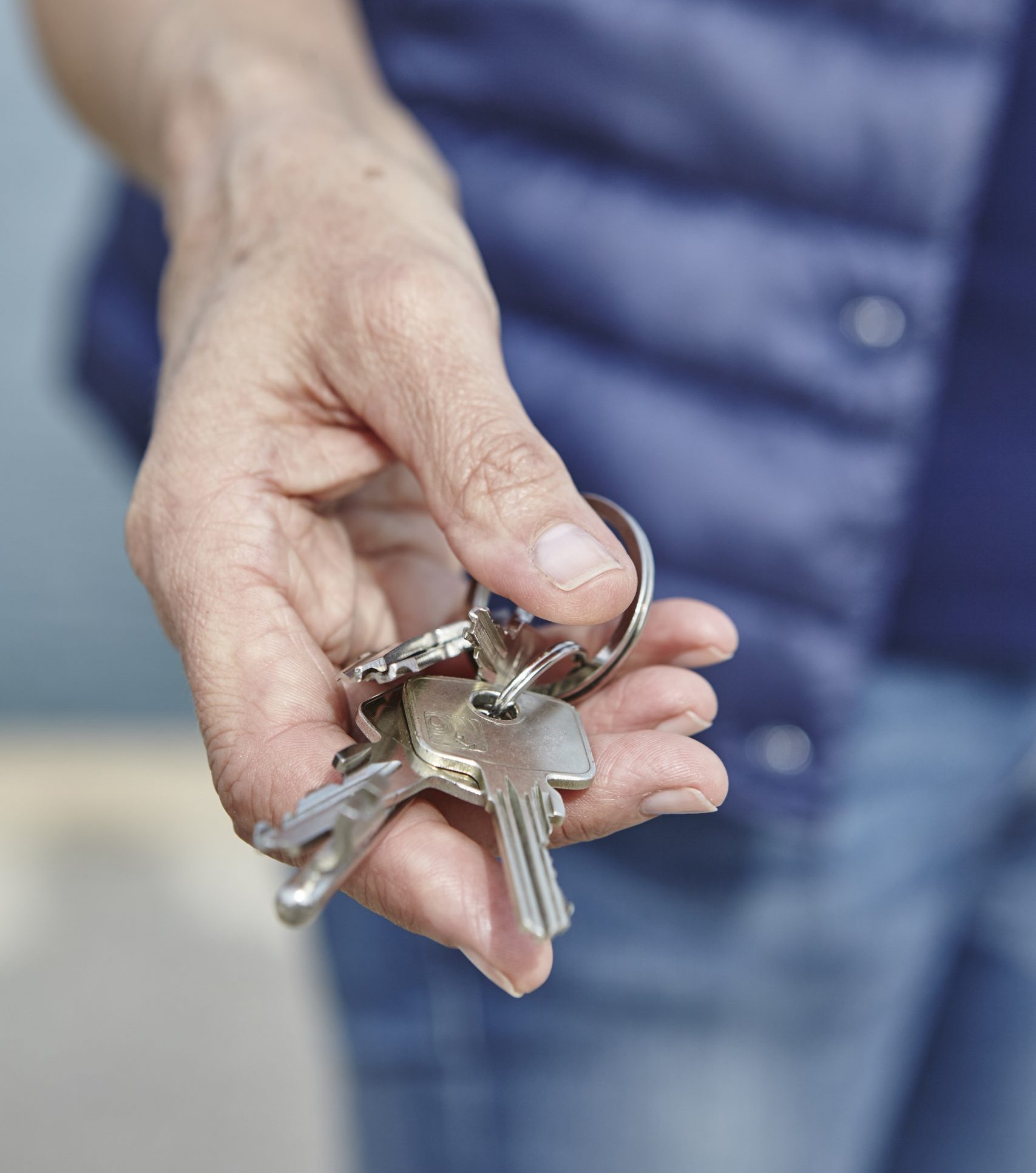1. Instructing Your Conveyancer
What happens:
As soon as you’re ready to market your property, appoint a solicitor or licensed conveyancer. They’ll act as your legal representative throughout the sale.
Why it matters:
Early instruction means your solicitor can prepare legal paperwork, pull together vital documents, and liaise efficiently with your buyer’s legal team.
Your actions:
- Provide ID and proof of ownership.
- Agree fees and sign a Letter of Engagement.
- Share early mortgage details if applicable (e.g., outstanding balance, lender information).
2. Gathering Key Documents
Before you list, your solicitor will request:
- Title deeds or Land Registry title
- Property information form (TA6)
- Fixtures & fittings list (TA10)
- Leasehold information pack (if applicable)
- Energy Performance Certificate (EPC)
- Planning consents, building regulations, and warranties (e.g., new windows, extensions)
Why it matters: Having these documents ready prevents delays once a buyer is found.
Your actions:
- Work proactively with your agent or solicitor to compile these.
- Gather receipts, warranties, and planning paperwork from builders, local authority, or your records.

3. Receiving an Offer & Draft Contract
Once your home is under offer, your solicitor prepares a draft contract, incorporating title documents along with additional supporting evidence.
What it includes:
- Contract draft identifying property and parties
- Title documents
- Property information forms
- Replies to buyer’s solicitor’s preliminary questions
Why it matters: This sets the groundwork for legal exchange and structure of the transaction.
Your actions:
- Review and confirm accuracy of the forms.
- Provide any further details requested (e.g. boundary easements, shared driveway agreements).

4. Enquiries from Buyer’s Solicitor
The buyer’s legal team will raise queries—known as pre-contract enquiries—to clarify:
- Title issues (e.g., easements or restrictive covenants)
- Boundaries
- Shared services (e.g., drains, driveways)
- Leasehold matters (ground rent, service charges)
- Guarantees (e.g., boiler, roof, décor work)
Why it matters: Clear and thorough responses help avoid delays later on.
Your actions:
- Collaborate with your solicitor to gather accurate answers.
- Request neighbour co-operation for boundary questions, if needed.
5. Drafting & Reviewing the Final Contract
Once enquiries are settled, and your title and forms are in order, your solicitor finalises the contract. This includes:
- Agreed price
- Any special conditions (e.g., fixtures retention, timings)
- Deposit amount and timeline
- Completion date
Your actions:
- Review and sign the contract.
- Confirm completion date matches your moving plans.
6. Exchange of Contracts
This is the legal turning point:
- Both parties exchange signed contracts via solicitors.
- The buyer pays the deposit to your solicitor (typically 5–10%).
- The sale becomes binding—pulling out risks losing deposit or facing legal consequences.
Why it matters: From this point forward, completion date is fixed and legally enforceable.
Your actions:
- Ensure financial and timing plans (e.g., booking removal vans) are in place.
- Set up interim building insurance if appropriate (insurance cover often shifts to buyer post-exchange in some cases).
7. Between Exchange and Completion
In the days or weeks leading up to completion:
- Your solicitor submits your deed plans to Land Registry for the buyer’s solicitor.
- Mortgage redemption figure is requested (if you have a mortgage).
- Arrangements are made for discharge of any charge over the property.
- Utility meters readings are taken on completion day.
Why it matters: These administrative steps secure clean title transfer and transfer of funds.
Your actions:
- Do a final property walk-through, leave keys appropriately.
- Confirm utilities are switched off/transferred, redirect post.
8. Completion Day
The moment you’ve worked toward:
- Your solicitor sends funds to your buyer’s solicitor.
- Ownership officially transfers.
- Keys are handed over, and you vacate the property.
Why it matters: Once funds are received, your sale is complete and binding.
Your actions:
- Have moving logistics ready (van, packing, new property).
- Conduct a final check to ensure nothing is left behind.

9. Post-Completion Procedures
After completion, your solicitor will:
- Redeem your mortgage.
- Provide you with ID of Title or confirmation of legal ownership transfer.
- Settle any estate agent, energy, and final utility bills.
- Send final completion statement—confirming all funds and costs.
Your actions:
- Store the Letter of Title or legal documentation in a safe place.
- Confirm your solicitor has retained required documents, with originals returned.
Frequently Asked Questions
Can I back out after exchange?
How long does it all take?
Who pays solicitor fees?
What are "chattels"?
When do I pay Capital Gains Tax?
Why the Right Conveyancer Makes a Difference
- Eliminates risk: Spotting hidden legal issues—rights of way, restrictive covenants, planned development—that could affect your sale.
- Saves time and stress: Coordinating the chain, communications, and completion logistics effortlessly.
- Maximises protection: Ensures you’re not inadvertently liable for post-completion issues.
- Offers peace of mind: A trusted professional handling each detail—so your focus stays on the next chapter of your journey.
Selling a property is more than finding a buyer—it’s a legal process that requires clarity, timing, and expert oversight. By understanding each stage—from paperwork to a binding contract—you’ll avoid surprises and stay in control.
The process in a nutshell:
- Instruct your conveyancer.
- Gather essential documents.
- Draft and review the contract.
- Respond to buyer enquiries.
- Finalise and exchange contracts.
- Prepare for completion day.
- Wrap up post-completion tasks.
With the right solicitor guiding you—one who communicates clearly and acts promptly—you can successfully navigate your sale and move forward with confidence.
Need help choosing the right conveyancer or want to know how to find the best legal partner for your sale? We’d be happy to help you get started.
